Meet Simon, one of the participants of the Leap² Innovative Light & Circular Economy Challenge
Posted on Oct 30, 2019 8:07 AM by
Meet Simon Kupalia, a young entrepreneur from Mombasa. Simon is one of the innovators participating in our current Leap² Innovation Challenge on Light & Circular Economy Solutions. Together with 9 other entrepreneurs, he is in the middle of his crowdfunding campaign, trying to reach his target amount to receive matching funding.
Simon is a marine engineer, innovator, published author, and entrepreneur. He grew up building small machines for fun and this passion has led him to wanting to do something about the issues his community is struggling with. He wants to provide practical and innovative solutions for their local problems as a society, in order to make life easier.
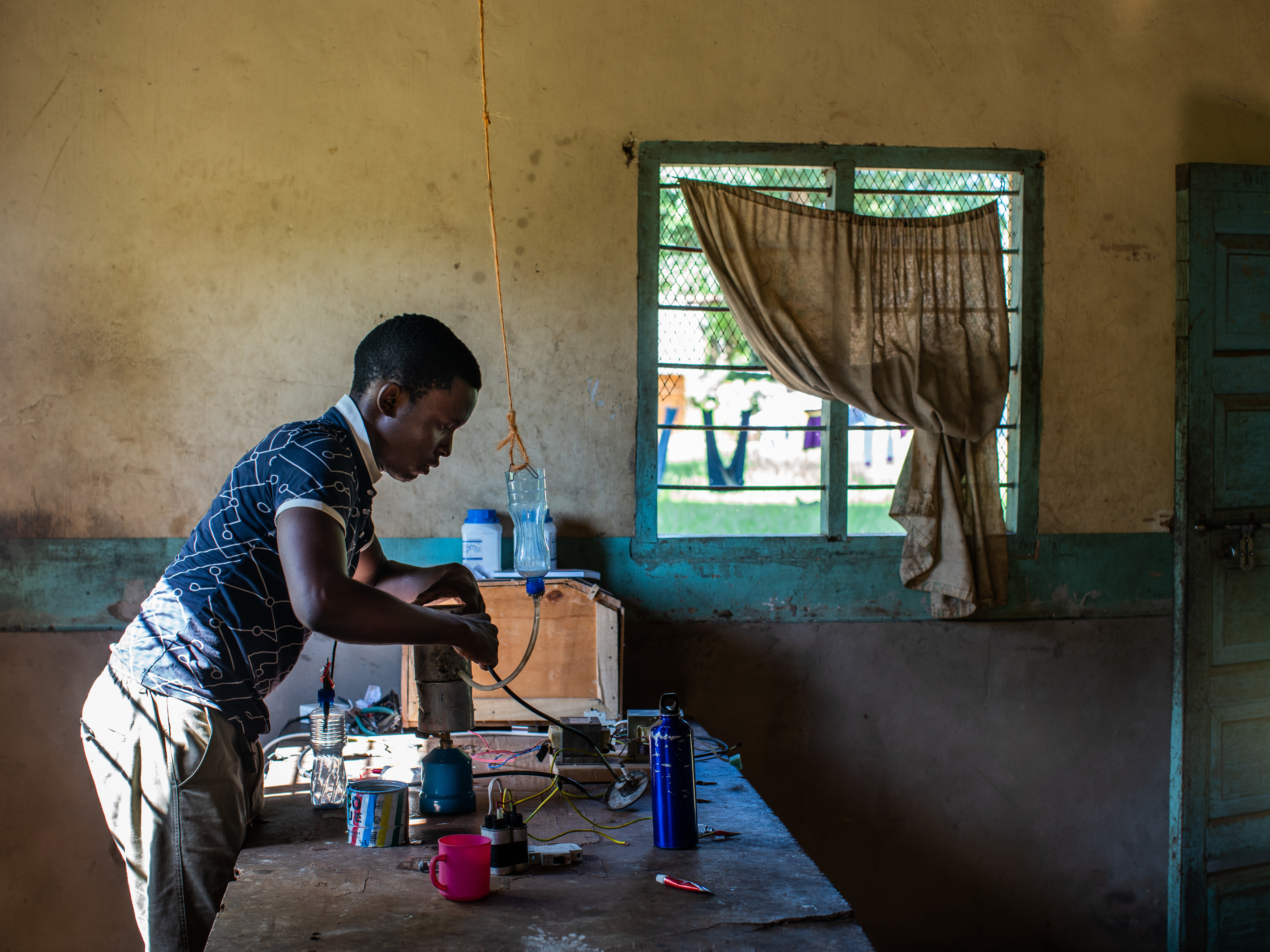
The innovation that he presented during the opening event of our Leap² Innovative Light & Circular Economy Challenge last month in our Close the Gap Hub in Mombasa, is the Smart Bin Electric Generator. This is a zero-waste solution offering the most efficient waste-management in domestic homes, institutions, hospitals, and factories by turning waste to energy.
His idea was born from the observation that garbage is a menace which, without an effective waste management system in place, can cause a diverse range of problems: pollution, spread of water and airborne diseases, and an environmental 'eyesore.'
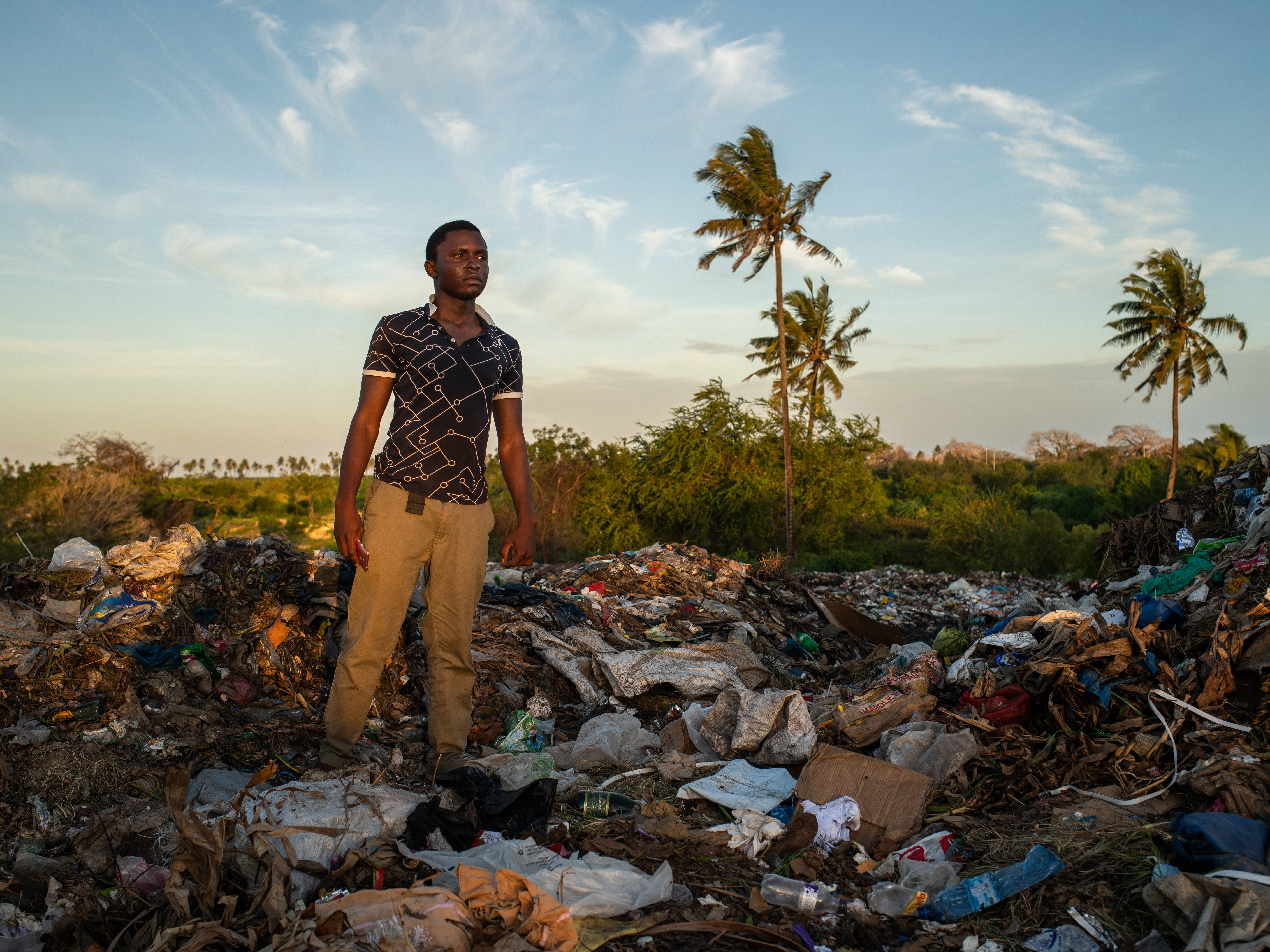
Simon first did some research and discovered that in Nairobi, with a total population of over 4 million people, total waste generated in a day is about 2000 tonnes of solid waste. Only 80% of the daily generated waste is collected with almost 500 tonnes uncollected according to a report by the National Environmental Committee.
However, Simon, coming from Mombasa, also wanted to look at the situation in his own city. Here, in a city with a total population of over 1 million people, the total waste collocation in a day is about 2500 tonnes with only 65% collected everyday. About 850 tonnes of waste goes uncollected.
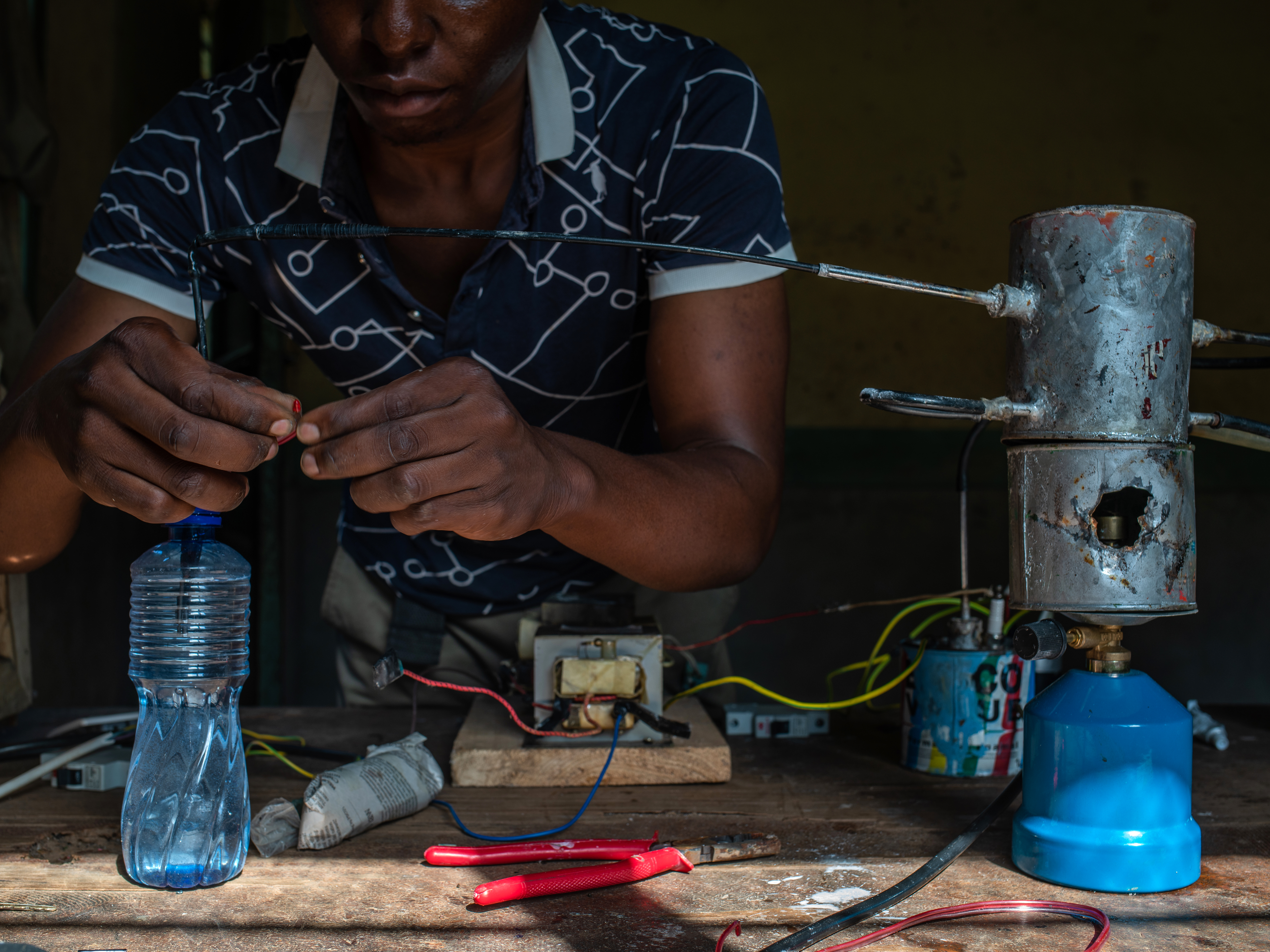
But even the collected waste poses a threat: the collected waste end up in dump sites like Dandora in Nairobi and Mwakirunge in Mombasa. This waste is burnt and so polluting the environment. A majority of the unburnt waste piles up to further increase the pollution and spread of diseases. Scavengers are always at risk of contracting these diseases as well as the people living in the cities (water and airborne diseases) and the marine biomass when chemical compounds leech into oceans.
With these stark figures and realisations in mind, Simon decided to do something about this pressing issue. That's how he came up with the Smart Bin Electric Generator. This innovation sorts and separates garbage into recyclables, anorganics, and organics. Organic matter is converted to a fuel gas for electricity generation. The anorganic matter is turned to slug which can be sold as construction material(s). The competitive advantage of this innovation is that nothing goes to waste (zero-waste) - everything is processed to valuable products - and is the cleanest technology compared to the alternatives in the sector (those using thermochemical processes). It handles all the types of waste and is very scalable according to Simon.
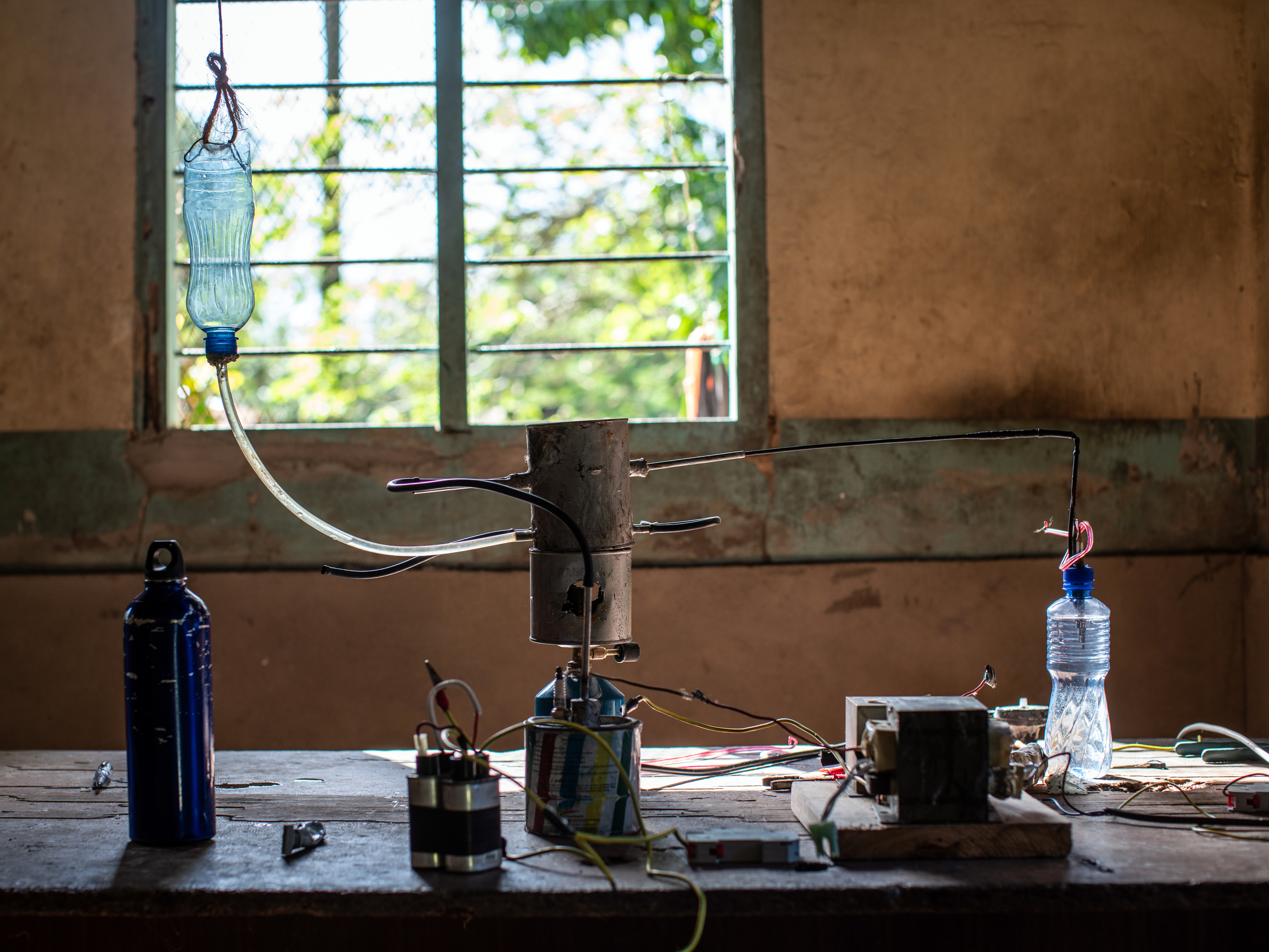
Simon's hopes for this participation in our Leap² Challenge is to package his idea into a professional prototype so he can launch the pilot project, which will run for 3 months. Afterwards, he can start manufacturing his first market-ready product.
Besides Simon, our Leap² Challenge has 9 other Innovations that are crowdfunding for their ideas:
Waste Incinerator Water Heater: this innovation helps in solid waste management at domestic level: homes, schools, hospital, and other institution through incineration to cut on the cost of waste waste transportation and reduce the volume of waste that may end up in landfill sites.
Trash to Cash: Their goal is to create a safe and clean environment free from diseases, for people to become financial stable and to empower youth and women.
Tena Pads Initiative: an impact-based social enterprise that seeks to level the playing field for school-going girls in rural settings. They strongly believe that menstruation should not be a barrier to learning for any girl, anywhere. Tena Pads facilitates the production and distribution of Re-usable Pads.
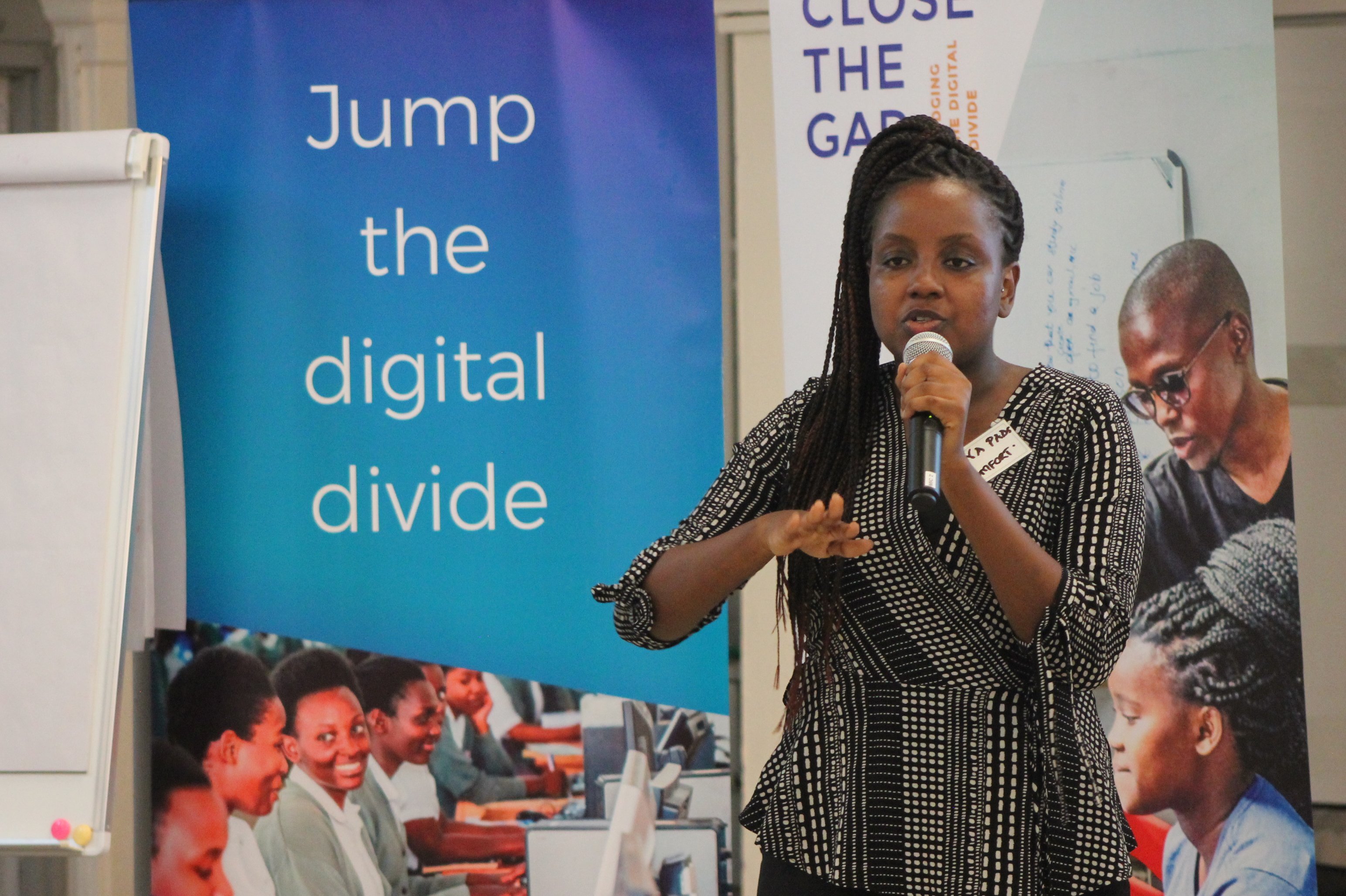
Solar Powered Digital Egg Incubator: CALL-MAIN HATCHERY, is a company that makes solar powered incubators to provide employment to rural and town outskirt farmers, youth and women and to boost food security using renewable energy.
Plastic Bottle Bulb: offers a recycled plastic bottle with a solar powered bulb to be attached to iron sheet roofed houses in informal settlements to enable access of clean renewable proper lighting.
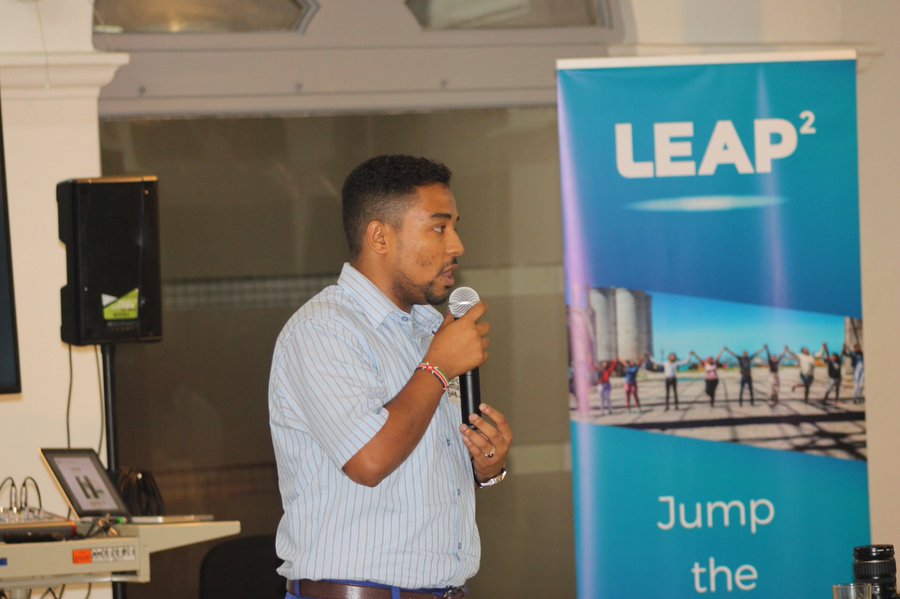
Nywele Chapaa: The goal of the innovation is to help save the environment by recycling non biodegradable waste hair products in the urban and peri urban areas while creating employment for women and youth.
Flexi-port Biogas: seeks to provide quality environment-friendly gas while managing household waste. This clean renewable energy reduces pollution and any health problems that come with accumulation of waste in the environment. It's by-product, the 'slurry' is also used as fertilizer therefore nothing goes to waste.
Eco-fish Leather Tannery: The innovation aims at creating close to 100 jobs and create wealth through converting fish waste into leather and leather goods. Youths, women and persons with disabilities shall be engaged in various stages of leather production.
Bio-ehtanol Coconut Husks Fuel Gel: seeks to provide an alternative, cleaner, renewable and most importantly affordable Bioethanol fuel gel generated from coconut husks and at the same time create employment opportunities for youth and women in informal and rural settlements in Mombasa and the larger Coast region.
If you want to support one or more innovation in their crowdfunding efforts, don't hesitate to go to www.leap-2.com!
Stay tuned for updates on the final event at the beginning of November!
All credits for the pictures go to the photographer, Nichole Sobecki.